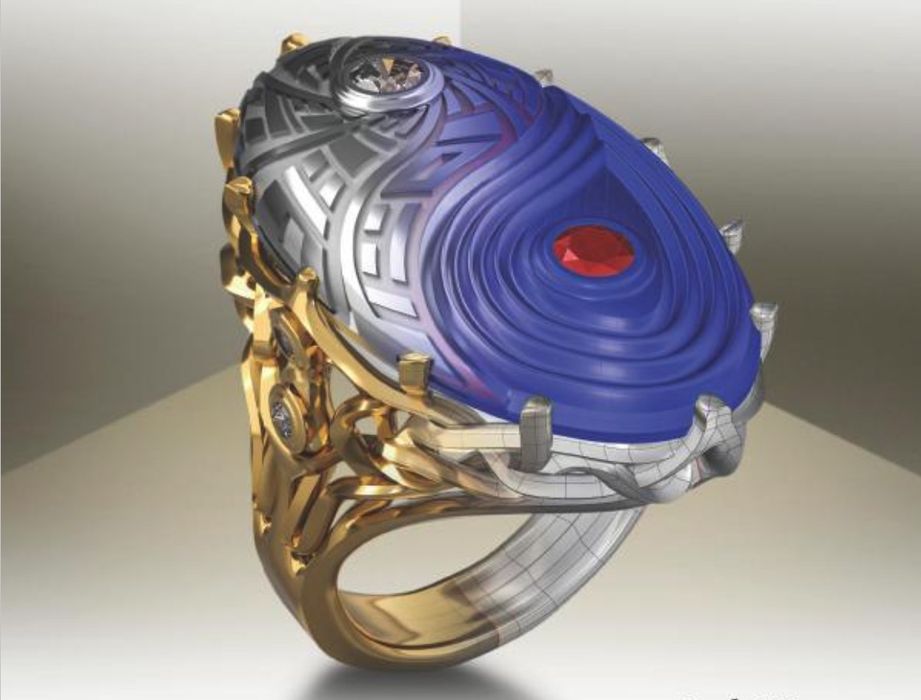
This week’s selection is “Advanced Jewellery CAD Modeling in Rhino” by Jack Meyer.
There are many items that can be produced on a 3D printer, but one of the more infrequently used practices is to produce jewelry. Jewelers, of course, do this all the time, but it can be a bit of a mystery to casual 3D printer operators.
It’s easy to simply find jewelry items online that have been previously designed by others. Just cruise through your favorite online 3D model repository and you’ll certain find plenty of jewelry items.
But what if you wanted to design your own jewelry and 3D print unique pieces? Where do you start? How is it done?
There’s two parts to this. First, you’ll have to know how to perform the lost wax casting method. Basically the item is 3D printed in a material that is designed for or can be used in casting. PLA is actually suitable in this regard, although there are better materials, particularly for resin 3D printers.
Once the items is printed, it’s placed in a plaster cast that solidifies. The block of plaster (with print inside) is put in a furnace, where the print melts and boils away, leaving a void. Into this void is poured a metal, also heated in the furnace. The metal flows into the void and takes on the exact shape of the print. Knock off the plaster, and you’ve got some jewelry.
The bigger question, however, is where the design comes from. That’s what this book is all about.
CAD tools are extremely useful for designing jewelry, and there are high priced commercial tools specifically made for creating jewelry designs. However, it’s also possible to do so with more commonly available tools.
This book focuses on the use of Rhinoceros, a very popular NURBS-based CAD tool, to create jewelry designs.
While the book is definitely focused on Rhino, there are plenty of practices and tips that would be of use when designing jewelry with any CAD tool.
The book begins with an explanation of solid modeling and the workflow required to design jewelry. There is a detailed explanation of the basic commands required in Rhino for this application.
A large section is devoted to the topic of tolerances in jewelry design, which is an incredibly important factor to consider when creating a piece.
Surface decoration is not usually an important factor in the design of mechanical parts, but it is in jewelry design, and that’s why there is an entire chapter devoted to that topic.
Finally, there’s a discussion of framing the newly designed 3D model for export to ensure proper resolution is required for printing. There’s also a good explanation of how to generate renders of the jewelry design to document it for publicity purposes.
If you’re considering taking on jewelry design with your 3D printer, this book could be a good place to start.
We’re an Amazon Associate and earn a small fee from qualifying purchases. Help support our 3D print news service by checking out this book!
Via Amazon
